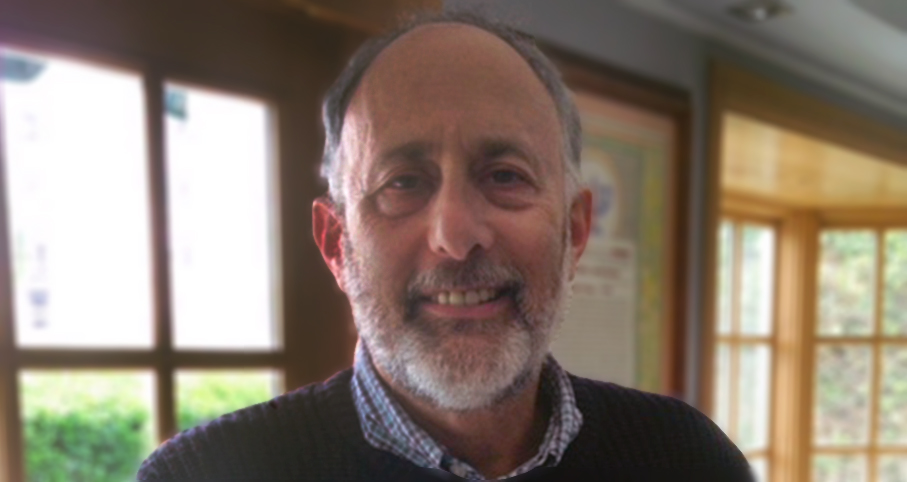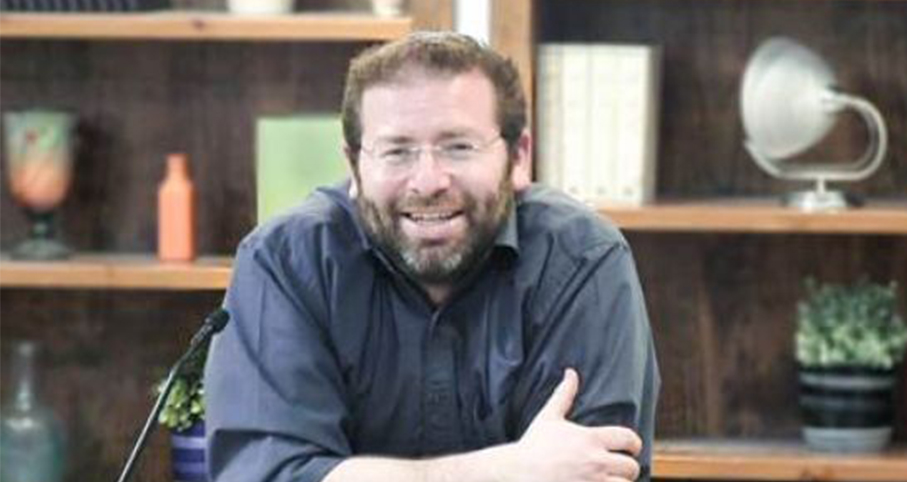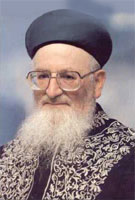Beit Midrash
- Torah Portion and Tanach
- Vayikra
- Behar
We are now in the midst of counting the Omer, as we go from Pesach to Shavuot, "elevating" ourselves from the purely physical redemption we achieved at the Exodus, to the even more important spiritual redemption that we achieved at the moment Hashem revealed himself at Har Sinai & bestowed upon us the Torah & its Mitzvot.
During these weeks ("Shavuot?!") it is customary to recite the six chapters of Pirkei Avot, the vital "lessons of life" imparted by our greatest sages. The first of these lessons, quoted above, records the chain of transmission from the giving of the Torah until today. What is the "lesson" implied here? That we can never sever our connection to the past; each of us is an irreplaceable link in the eternal chain of tradition; if we break that chain, our lineage is left dangling in time, cutting off our future.
But why does it say that Moshe received the Torah "from Sinai?!" Didn’t he receive it from Hashem?! One answer is that, while the Torah indeed emanates from G-d & is a thing of the Divine, it was given to we mortals on Planet Earth to study, dissect, debate & act upon. "Lo b’shamayim he," we say; the Torah is no longer in Heaven, it has come down to earth (symbolized by Mt. Sinai) & is now owned & operated by each one of us.
But there is another idea at work here. Har Sinai is a kind of conduit, a connector between Heaven & Earth. It’s message is that every act we perform, every Mitzva we keep, reverberates & impacts both above & below. It affects us, our fellow human being, & G-d all at once.
That, I suggest, is the meaning of Rashi’s cryptic reply to his question ("What does Shmita have to do with Har Sinai?’) at the start of our Sedra. He answers, "Just as the laws of Shmita were given at Sinai, so all the Mitzvot & their details were given at Sinai." Ok, but why choose Shmita as the example?! Why not Shabbat, or Kashrut?"
The answer, I offer, is that Shmita exemplifies a Mitzva that "connects" Man & G-d. On the one hand, it has to do with working the land, with produce we grow (or don’t), with plowing, planting, pruning. But at the same time, it is called a "Shabbat l’Hashem," G-d’s Sabbath! In the same vein, this parsha several times instructs us to treat others fairly ("al tono," don’t cheat, don’t oppress your fellow Jew; & then ends the pasuk with "Ani Hashem, I am G-d."
In short, folks, we can indeed move both Heaven & Earth.























